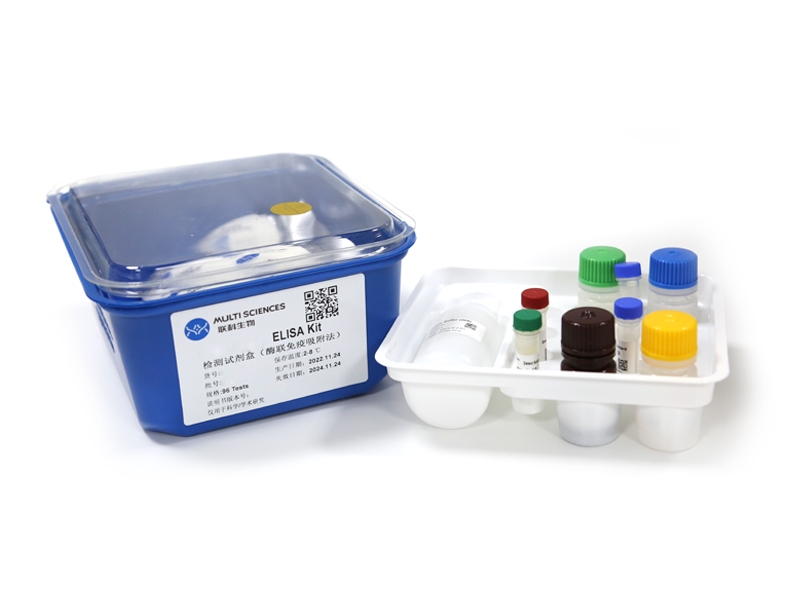Clematichinenoside AR (AR), a major active ingredient extracted from traditional Chinese herb Clematis chinensis Osbeck, has been demonstrated to possess anti-inflammatory and immune-modulatory activities in the treatment of experimental rheumatoid arthritis (RA). The therapeutic potential of AR was supposed to be closely correlated to its ability against tumor necrosis factor-α (TNF-α). Therefore, we aimed to explore the protective effects of Clematichinenoside AR against inflammation and cytotoxicity induced by human TNF-α. AR treatment significantly decreased IL-6 and IL-8 secretion, and attenuated MMP-1 production in human RA-derived fibroblast-like synoviocyte MH7A cells stimulated by recombinant human TNF-α (rhTNF-α). AR might antagonize rhTNF-α-induced responses in MH7A cells through inhibiting p38 and ERK MAPKs signal activation. In TNF-α-sensitive murine fibroblast L929 cells, AR treatment attenuated the proliferation inhibition ratio induced by rhTNF-α/ActD and antagonized rhTNF-α-induced cytotoxicity. The cellular and nuclear morphological alterations in apoptotic characteristics induced by rhTNF-α/ActD in L929 cells were observed to be attenuated by the pretreatment with AR under a phase-contrast and fluorescence microscopy, respectively. The Annexin V-FITC/PI double-staining assay was performed to confirm that AR pretreatment obviously decreased the cell death. The antagonistic effects of AR against rhTNF-α-induced cytotoxicity might be potentially attributed to the degeneration of reactive oxygen species and the increasing of mitochondrial membrane potential, along with the suppression of durative phosphorylation of c-Jun N-terminal kinase (JNK). Collectively, our results indicated that AR antagonizes the inflammatory and cytotoxic activities induced by human TNF-α effectively in vitro, which provided further evidence for a novel mechanism underlying AR for treating RA correlating with excessive TNF-α production.
文章引用产品
-
-
- EK1M01
- ELISA试剂盒
Human MMP-1 ELISA Kit检测试剂盒(酶联免疫吸附法)
-
¥1,600.00 – ¥2,650.00
-
- EK1M01
- ELISA试剂盒
Human MMP-1 ELISA Kit检测试剂盒(酶联免疫吸附法)
- ¥1,600.00 – ¥2,650.00



